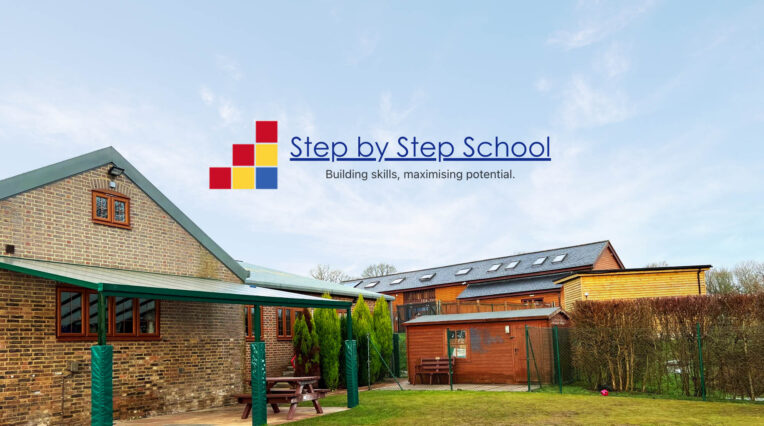Paid media | 9/06/2015
Using Social Media to Drive Revenue
One of the most common things I get asked is “how do I prove to my board that spending money on social media marketing results in additional revenue?” It used to be a tricky one, but not any more.
SEO and PPC will always drive more direct sales (especially if you have an e-commerce site) as the people that use search engines for results are more likely to have more intent to purchase than people browsing Facebook, Twitter, LinkedIn or any other social platform in their down time.
Very few people will Google “scented cat litter” without an intent to buy. Well Petrushka might, but that’s another blog. So featuring high on page one for these long-tail key words should always be an e-commerce marketers first priority, but there is plenty of scope to use social media to drive additional revenue.
Brands are continuing to use the demographic profiling of Twitter and Facebook to ensure that they get their message to the right person at the right time. It is not possible to target people interested in travel, aged over 21, with a pet and living in Bath with Google but with Facebook it is. It is this level of detail that makes social an ideal platform for the savvy marketer on a budget.
So what about the additional ££ on your bottom line? There are a number of ways in which ROI can be tracked, but the most common one that we get asked for is direct conversion tracking. (i.e, I spent £x, how much revenue did we directly get back). This is fair enough as it’s the easiest to demonstrate to the board and is what most of us define as success.
There are a number of ways to track true conversions from social, including tracking pixels (which track a user all the way from Facebook through to goal completion on site – normally a purchased basket), discount codes and social-only offers.
New Zealand’s ASB Bank launched their Like Loan Facebook competition to generate qualified leads for home loans. The idea was simple: users were encouraged to enter the competition by liking the ASB loan rate featured on the Facebook app and, as the rate received more likes, the countdown ticker showed the loan rate dropping in real-time.
For four consecutive weeks one entrant won the loan rate featured at the time of the draw. In total, the campaign generated 21,496 unique entries and 17,778 leads, 11,555 of which were new non-customer relationships. The leads resulted in 229 conversions to home loans, which ASB estimate to be worth approximately $4.5m in revenue given average home loan values.
KLM Airlines(hardly lacking in marketing budget) have directly attributed an additional 25 million euros from their social activity.
KLM have realised that they need to be seen where their customers are. This way they can ensure that they are spreading their key messages and answering customer service enquiries that would otherwise result in negative PR. Granted, KLM have a 150 strong customer service team so it is easier for them to respond promptly to queries, but managed properly we can all use social to respond to customers on their terms. Answering commonly asked questions in a public forum also helps to show other prospective customers that you’re “real” and not a series of automated posts.
Social media offers more than just sales, but for those people needing to convince MDs that this is where to put more of your marketing budget, the tools are there to do so.





